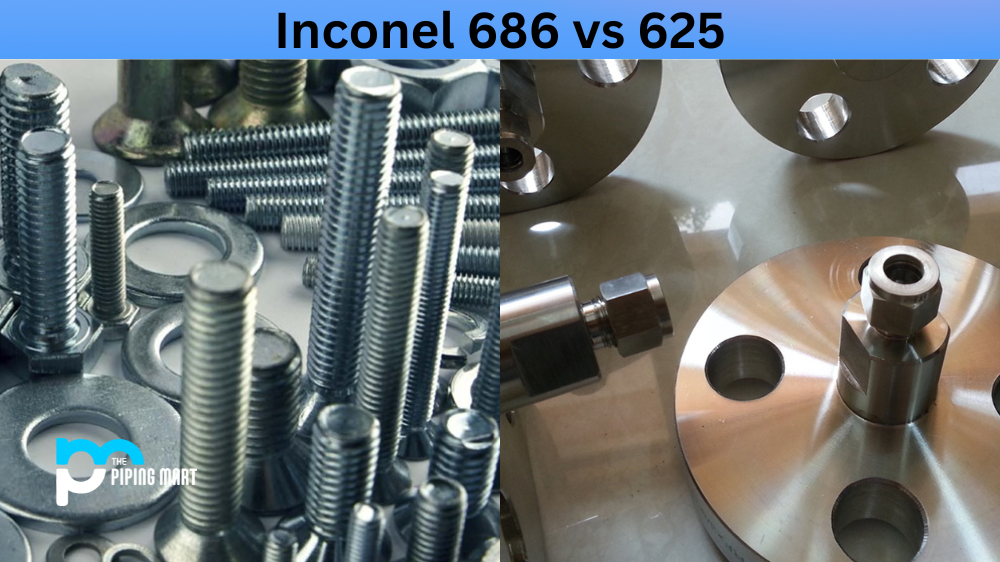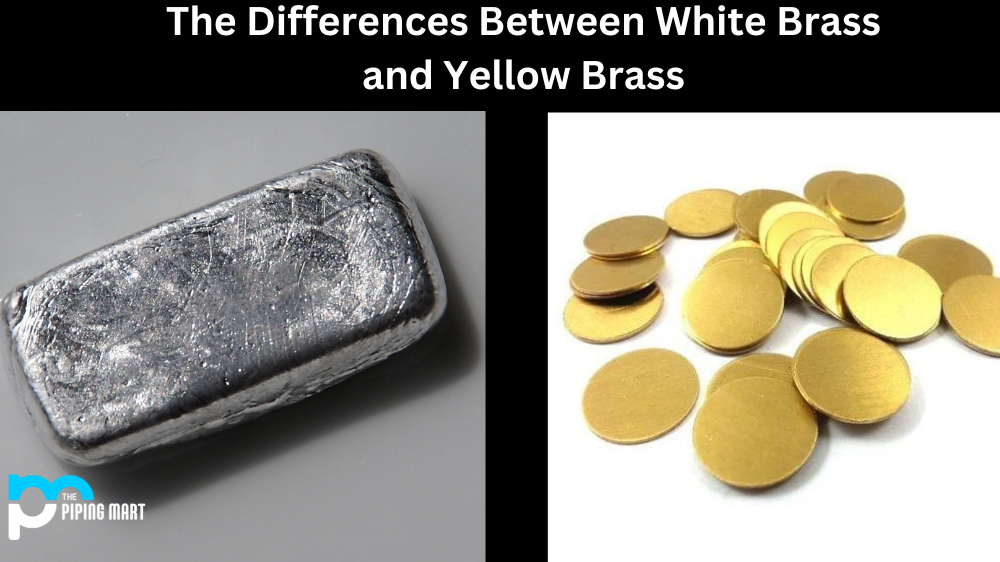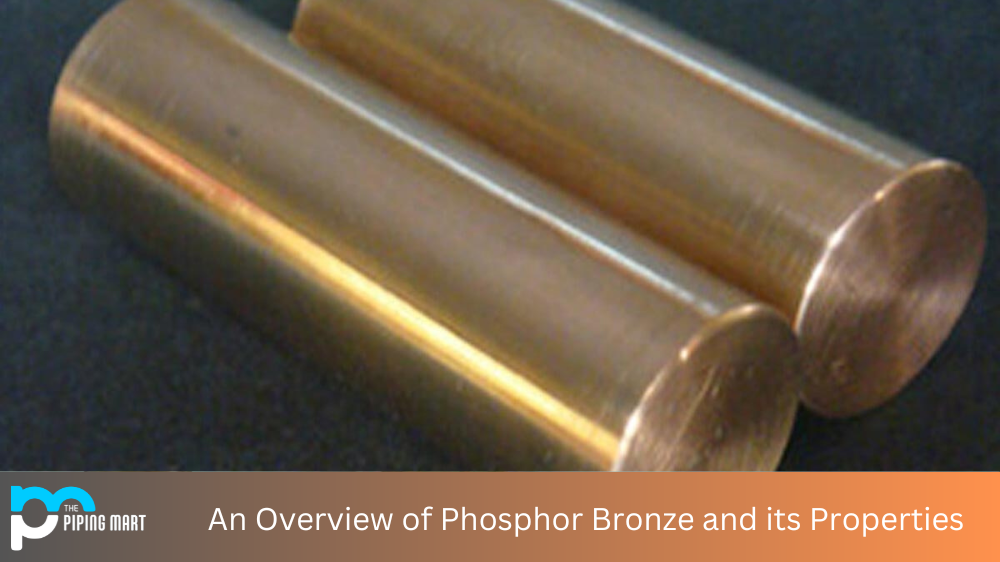Choosing materials that can withstand extreme temperatures, harsh environments, and corrosive conditions is crucial in engineering. Among the many specialized alloys available, Inconel is one of the most popular and widely used materials. It offers superior resistance to heat, oxidation, pitting, and crevice corrosion. However, there are different types of Inconel, each with distinct properties and applications. In particular, Inconel 686 and Inconel 625 are alloys that often get compared and confused. In this blog post, we will explore the key differences between Inconel 686 vs 625 and help you understand which one to choose for your specific requirements.
Difference Between Inconel 686 and 625
Composition
The most significant difference between Inconel 686 and Inconel 625 is their chemical composition. Inconel 686 is a nickel-chromium-molybdenum-tungsten alloy that contains additional amounts of titanium and aluminium for enhanced resistance to corrosion. In contrast, Inconel 625 is a nickel-chromium-molybdenum alloy with small amounts of niobium and tantalum for improved strength and durability. As a result, Inconel 686 exhibits better resistance to localized corrosion, particularly in acidic environments like sulfuric and hydrochloric acids. Inconel 625, on the other hand, is better suited for high-temperature applications, including furnace linings, exhaust systems, and heat exchangers.
Mechanical Properties
Another significant difference between Inconel 686 vs 625 is their mechanical properties. Inconel 686 has higher tensile strength, yield strength, and toughness than Inconel 625. It can withstand stress corrosion cracking and intergranular corrosion at higher temperatures and pressures. It is also resistant to erosion and abrasion caused by flowing media like water, gas, and chemical compounds. In contrast, Inconel 625 has better fatigue strength, creep resistance, and thermal stability. It can easily handle cyclic loading, high-pressure steam, and cryogenic environments.
Applications
Both Inconel 686 and Inconel 625 find widespread use in numerous industrial sectors, including aerospace, marine, chemical, petrochemical, oil and gas, and nuclear power. Inconel 686 is commonly used in marine environments such as offshore rigs, seawater pipelines, and heat exchangers. It is also utilized to manufacture pumps, valves, and fittings for sulfuric acid plants and other chemical processing plants. Inconel 625, on the other hand, is highly suited for aerospace applications such as jet engine components, rocket motors, and thermal and pressure systems in spacecraft. It is also used in various heat treatment equipment, furnace muffles, and chemical processing equipment.
Cost
Finally, the cost of Inconel 686 vs 625 is another crucial factor. In general, Inconel 686 is more expensive than Inconel 625 due to its higher content of alloying elements like tungsten, aluminium, and titanium. However, the total cost also depends on several other factors, such as the materials’ size, shape, quantity, and quality and any additional processing, finishing, or testing requirements.
Conclusion
Inconel 686 and Inconel 625 are both high-performance alloys that provide excellent corrosion resistance and mechanical properties. However, each material has different strengths and weaknesses that affect its suitability for various applications. Inconel 686 excels in acidic and corrosive environments, while Inconel 625 performs better under high-temperature and high-pressure conditions. Understanding the differences between Inconel 686 vs 625 can help you decide which material to choose for your specific needs. Whether you need to improve the life and performance of critical components in harsh environments or meet regulatory compliance standards, there is an Inconel alloy that can help you get the job done.

Abhishek is a seasoned blogger and industry expert, sharing his insights and knowledge on various topics. With his research, Abhishek offers valuable insights and tips for professionals and enthusiasts. Follow him for expert advice on the latest trends and developments in the metal industry.




